HANS HOFMANN (1880-1966)
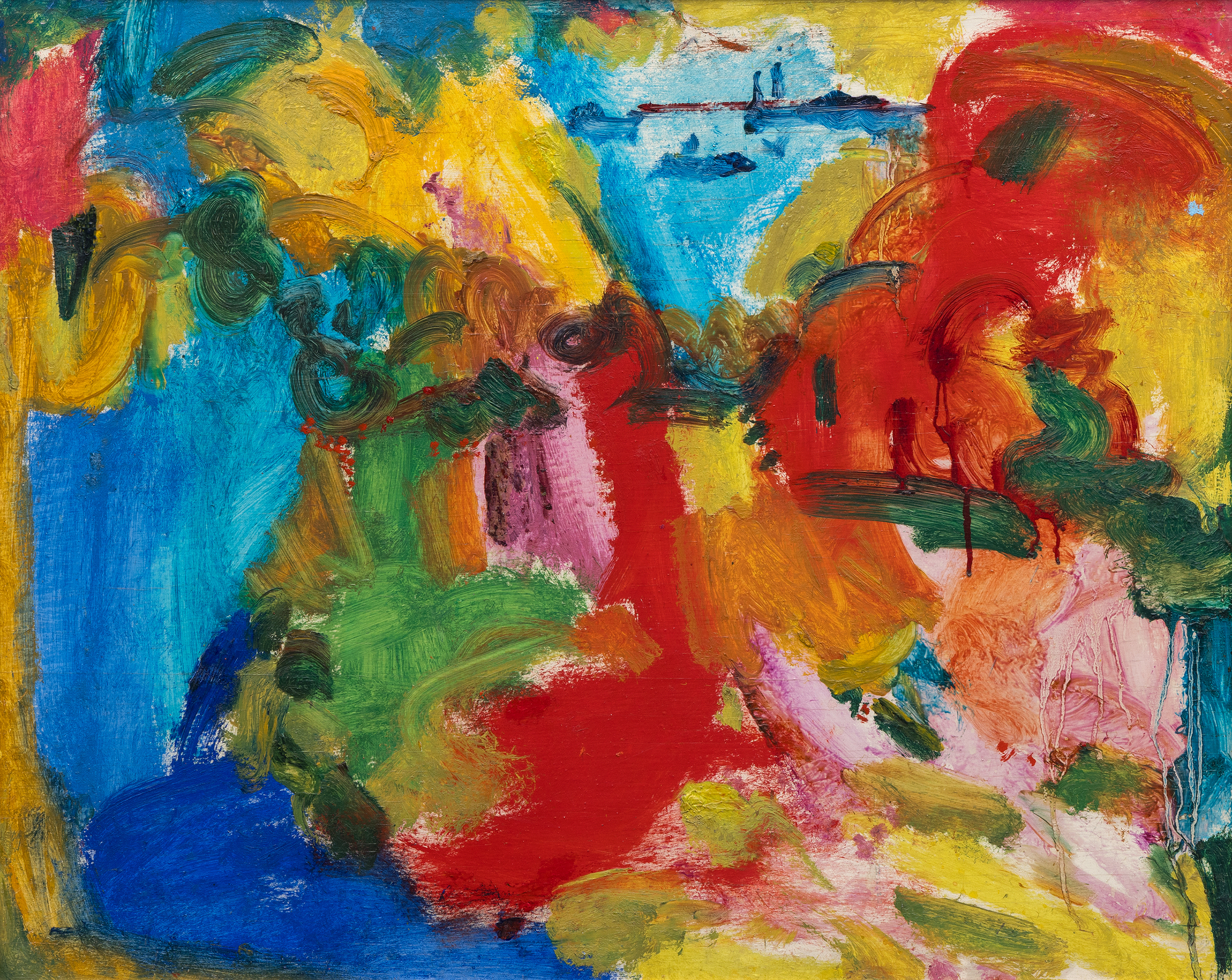
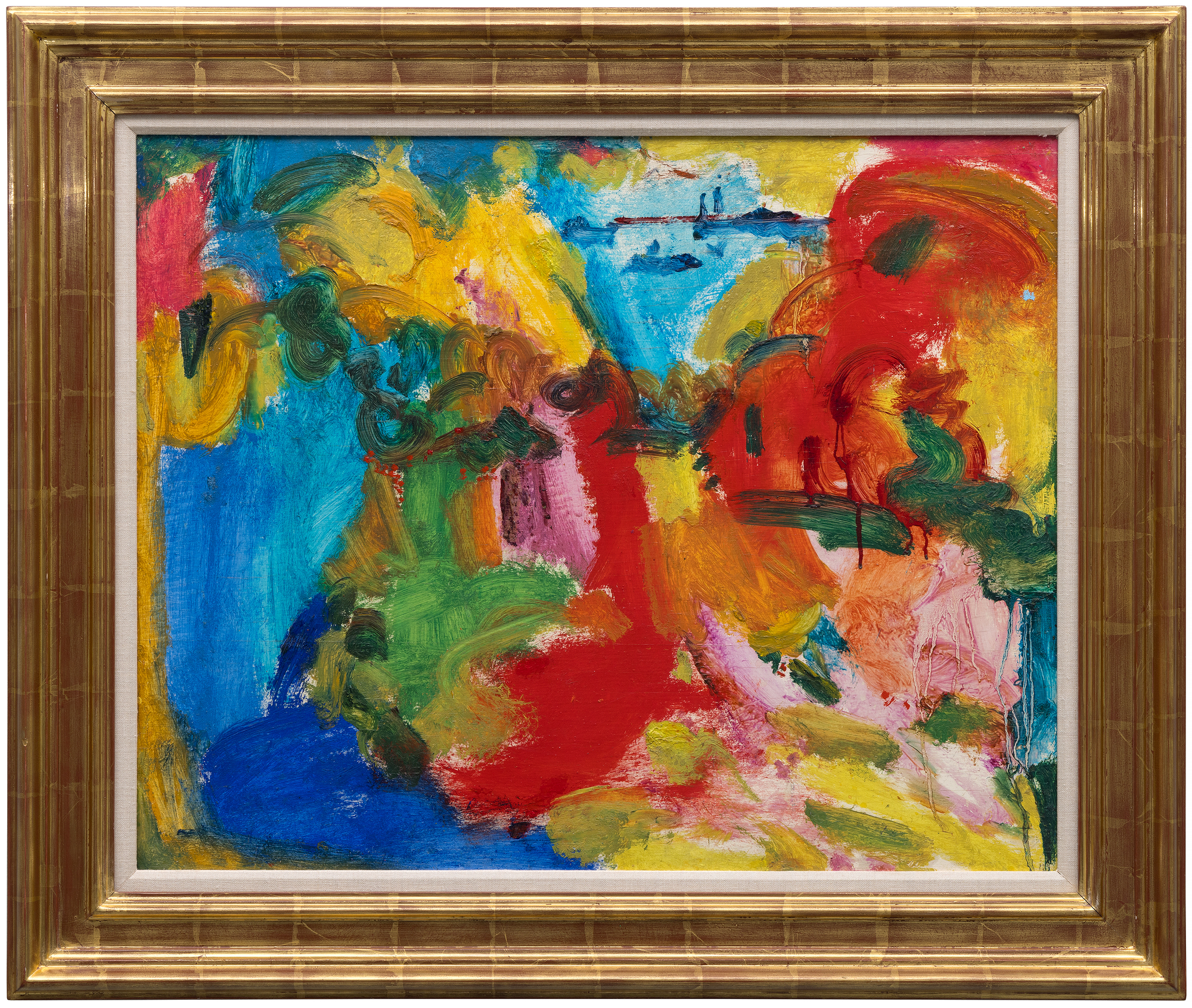
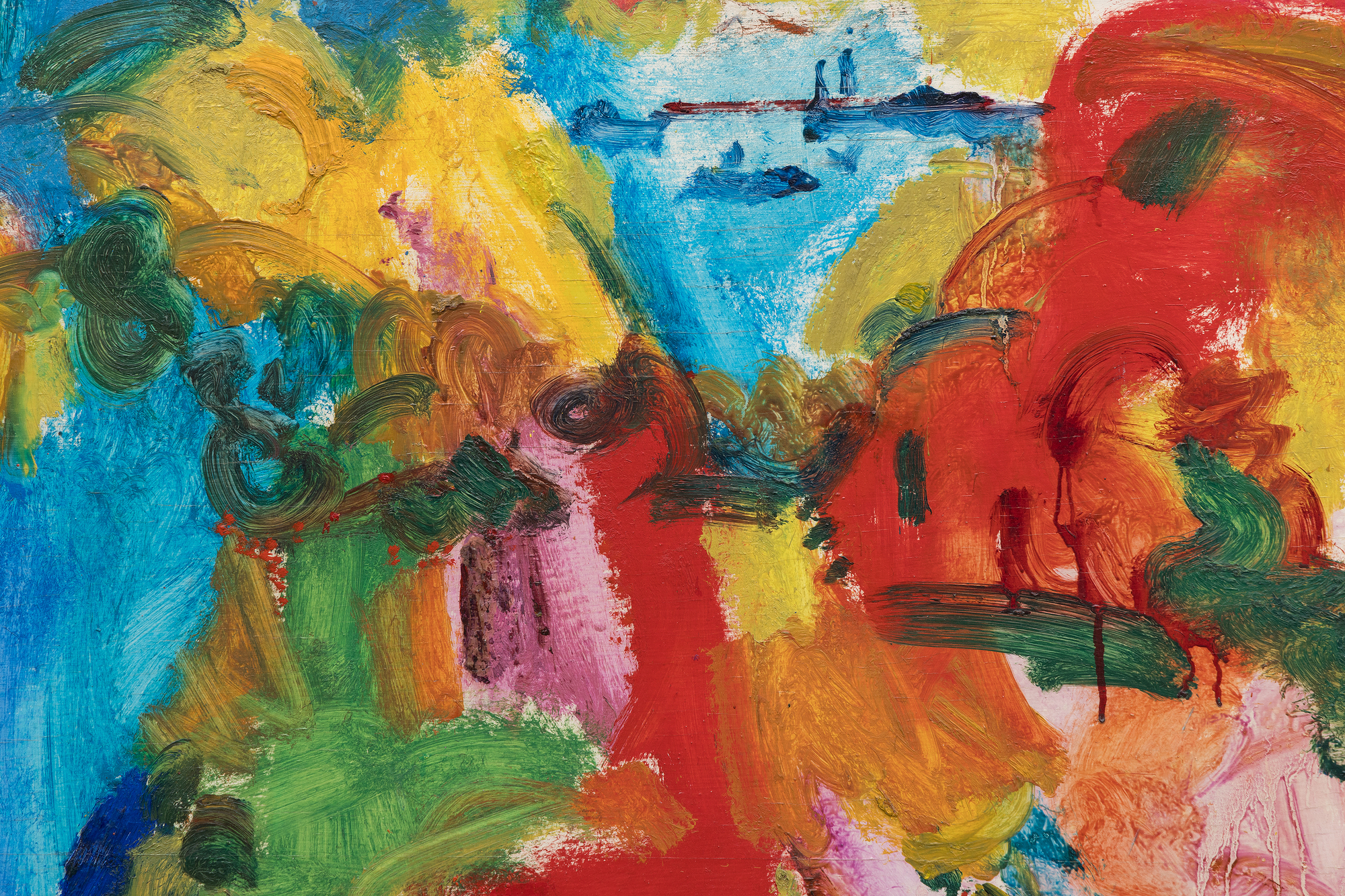
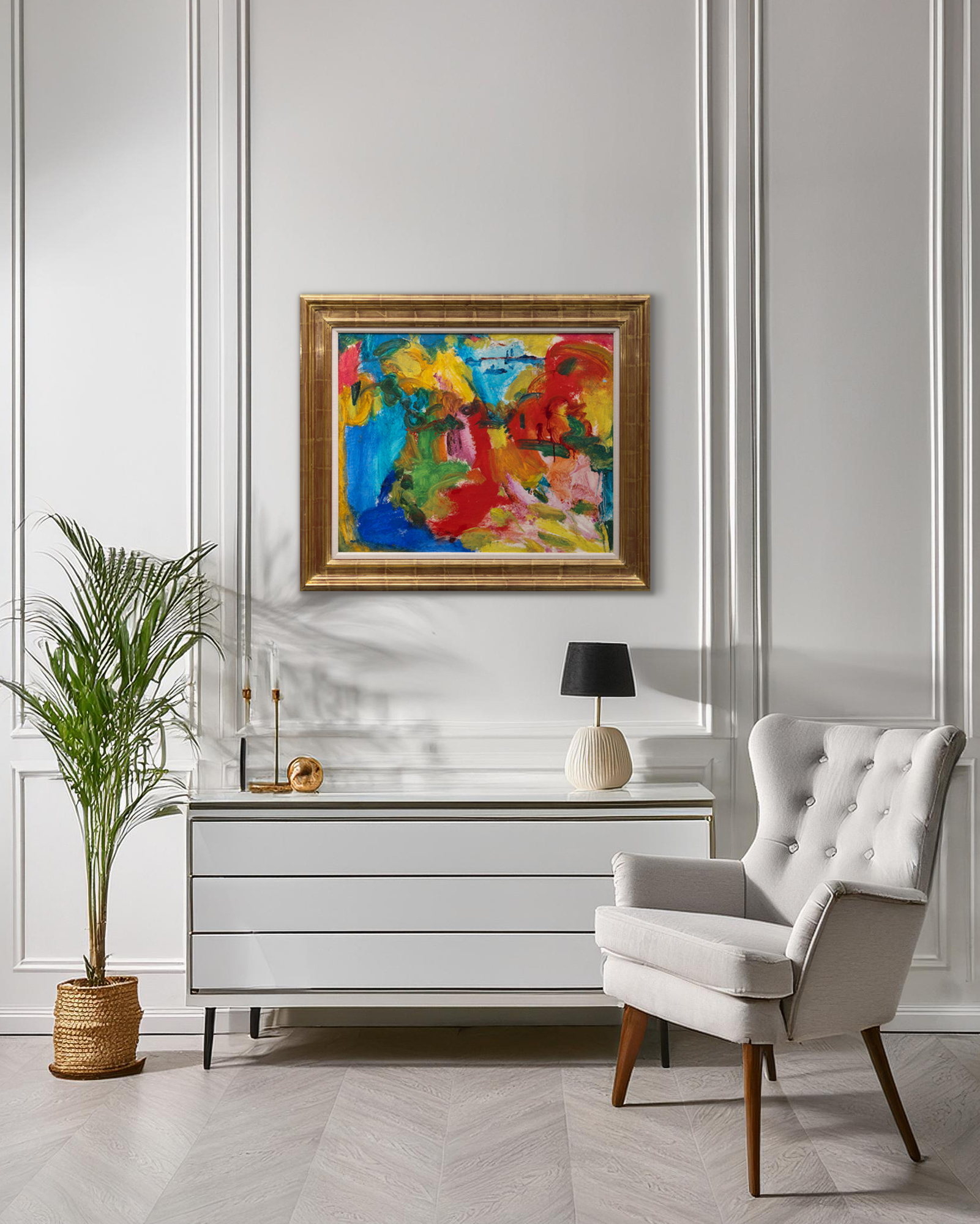
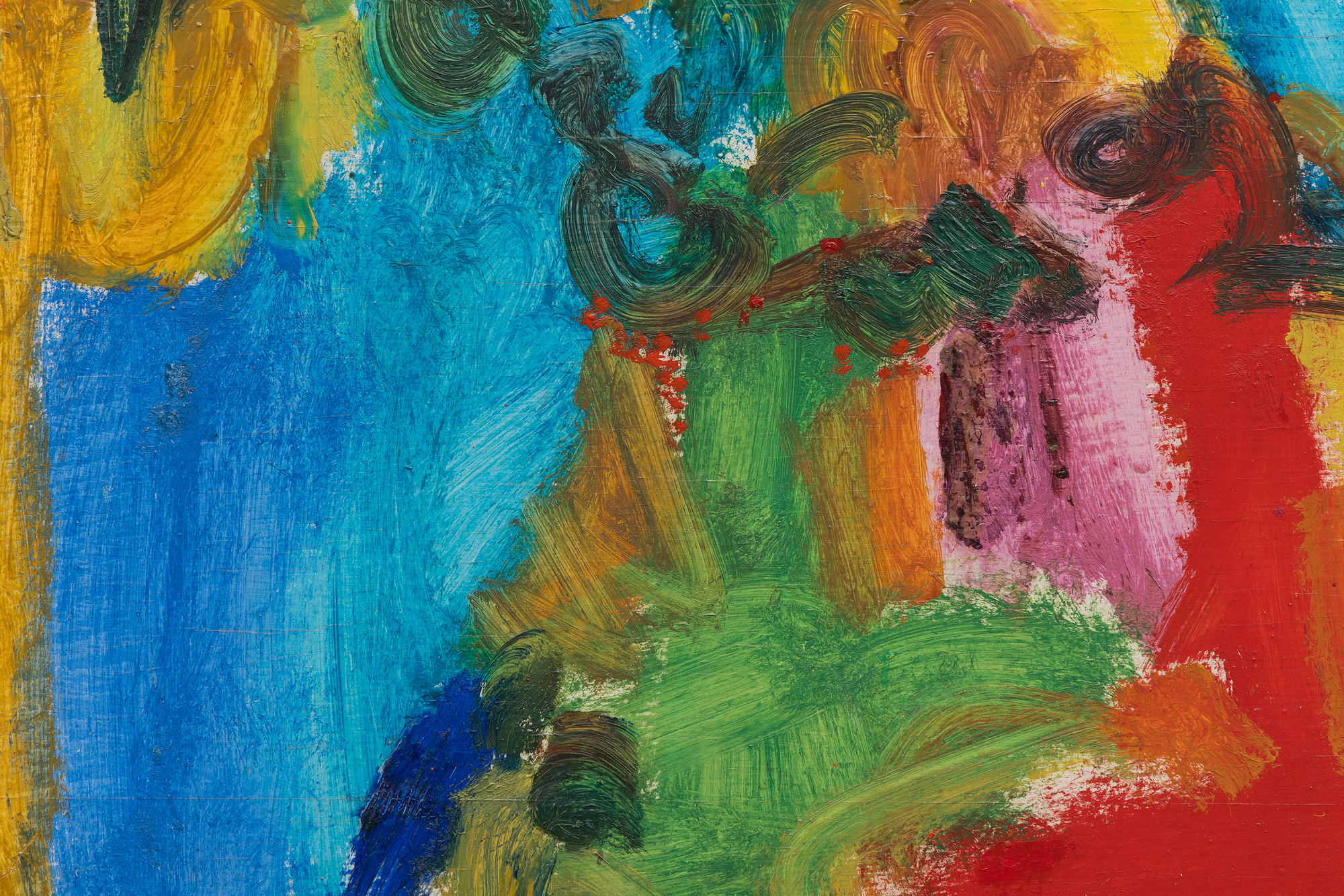
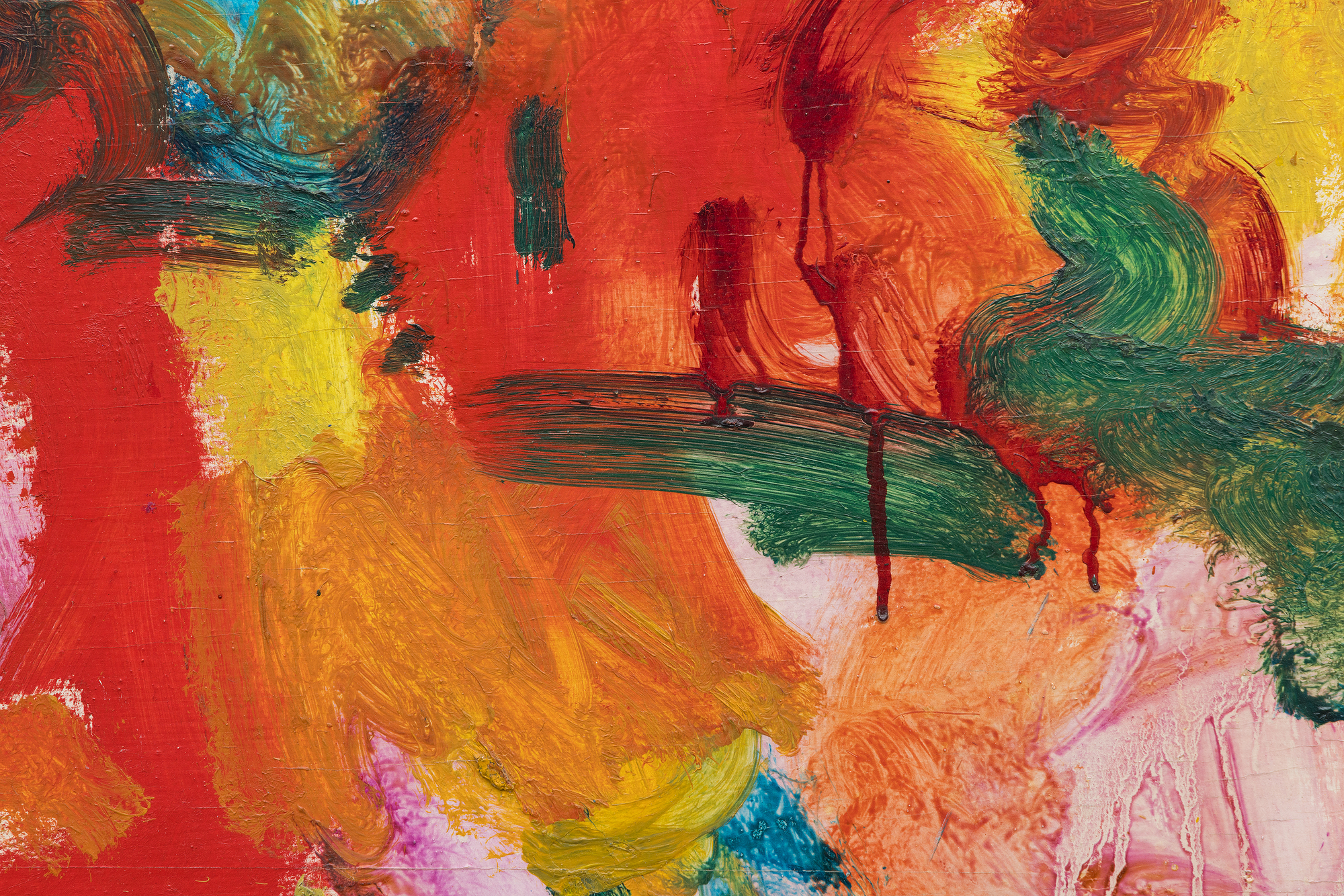
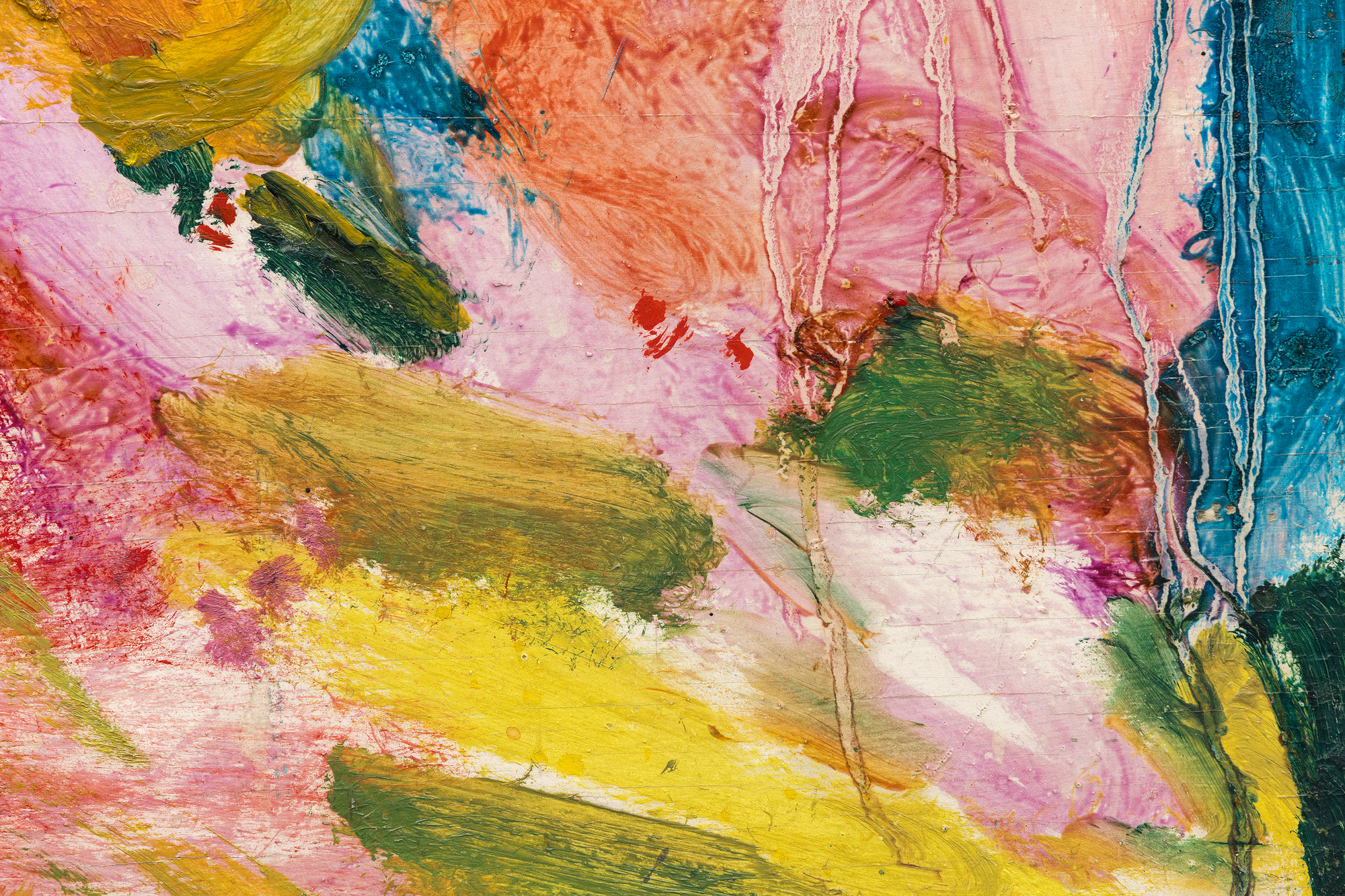
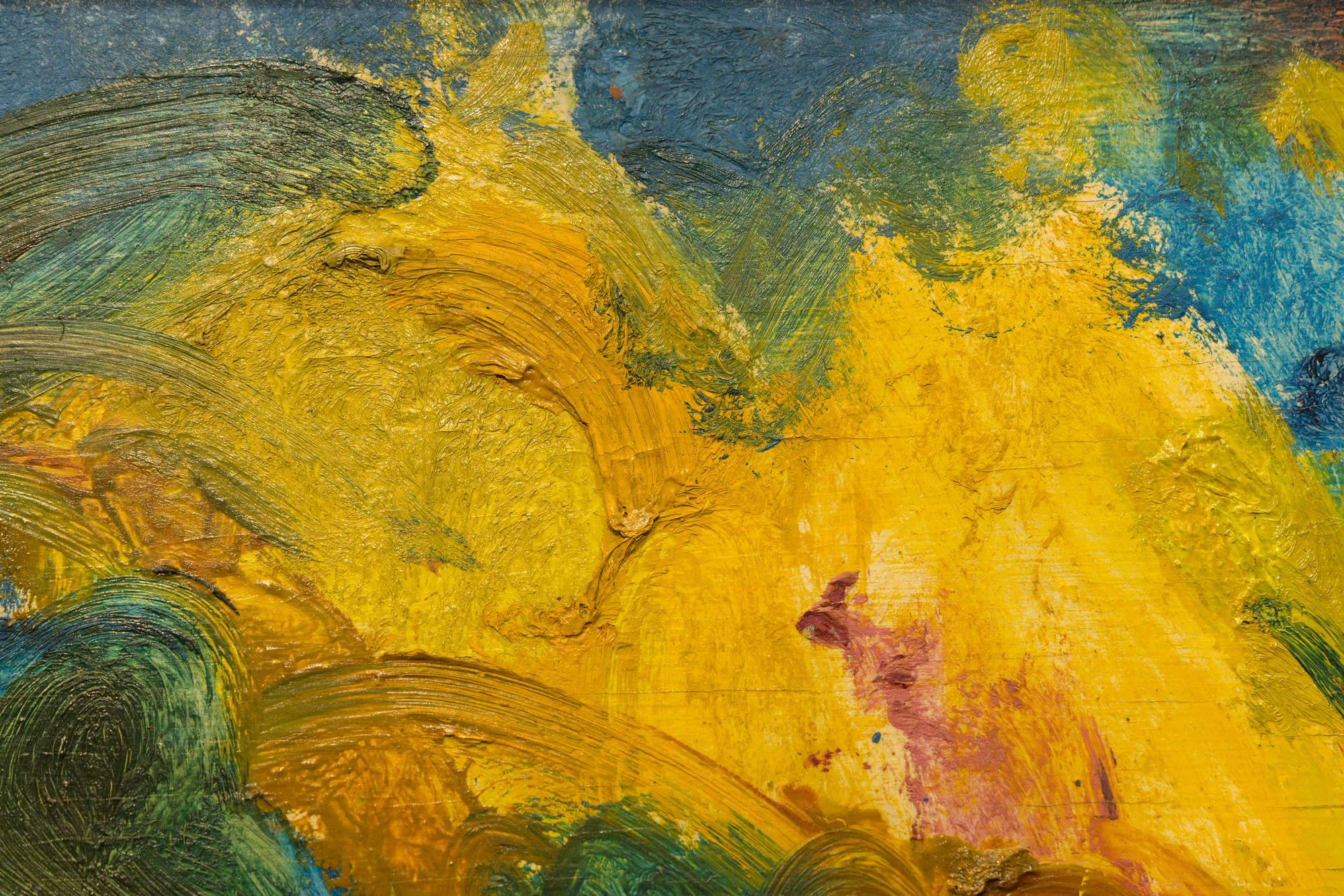
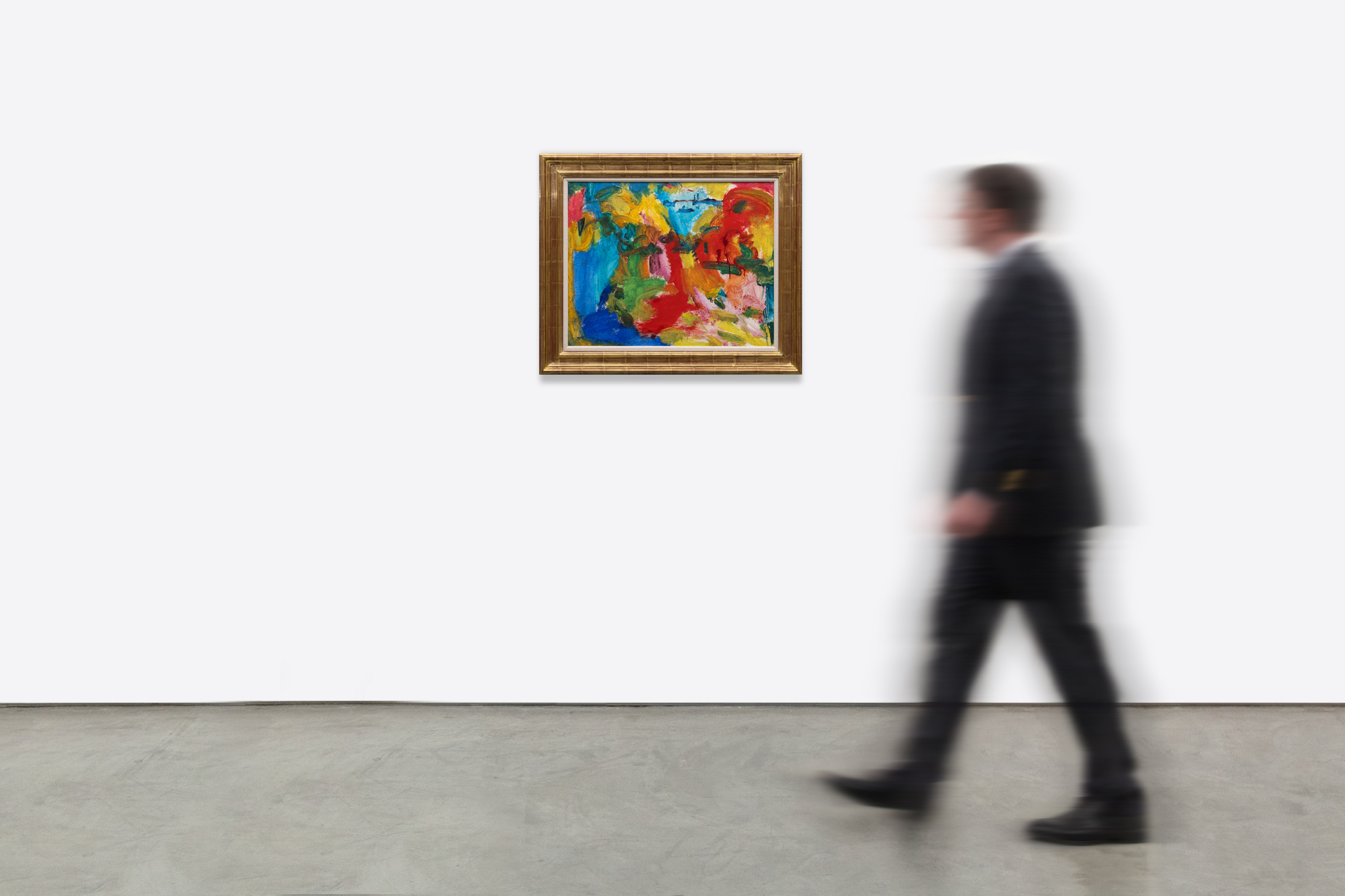
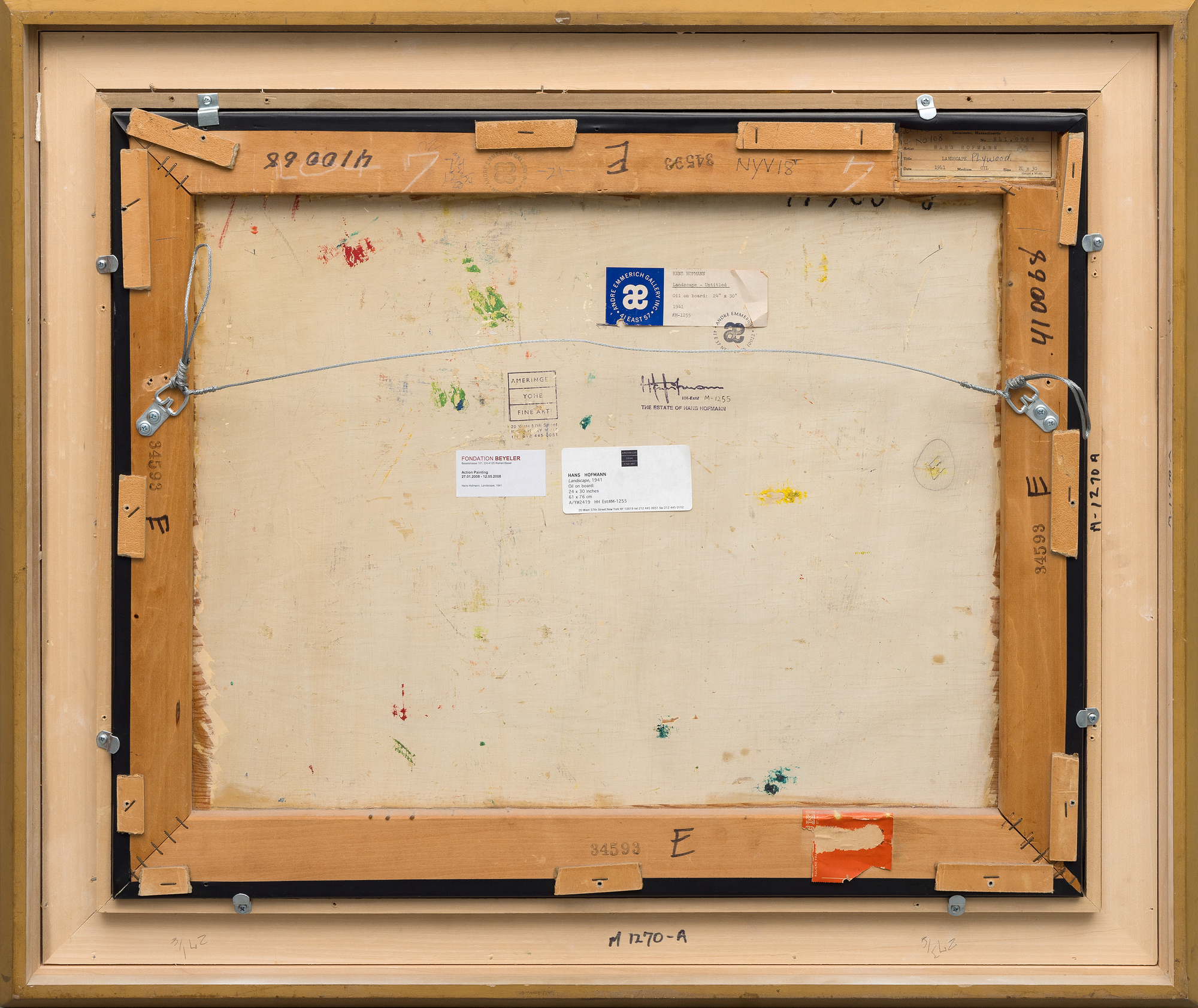
Provenance
Succession de l'artisteGalerie Andre Emmerich, New York, 1971
Collection Maryann Youngren, 1971-1980
Christie's, New York, 16 mai 1980, lot 7
Collection privée, 1980-1998
Galerie Andre Emmerich, New York, 1998
Ameringer Fine Art, New York, 1998
Collection privée, 1998-2008
Ameringer Yohe Fine Art, New York, 2008
Collection privée, New Jersey
Exposition
Suisse, Riehen et Bâle, Fondation Beyeler, Action Painting - Jackson Pollock and Gesture in Painting, 27 janvier - 12 mai 2008...Plus.....
Littérature
Fondation Beyeler, Action Painting, Ostfildern, 2008, n° 26, p. 68 (illustré en couleur)Suzi Villiger, Hans Hofmann : catalogue raisonné des peintures, volume II, Surrey, 2014, HH cat. n° 1253-1941, p. 202 (illustré en couleur).
...MOINS..... Prix380,000


